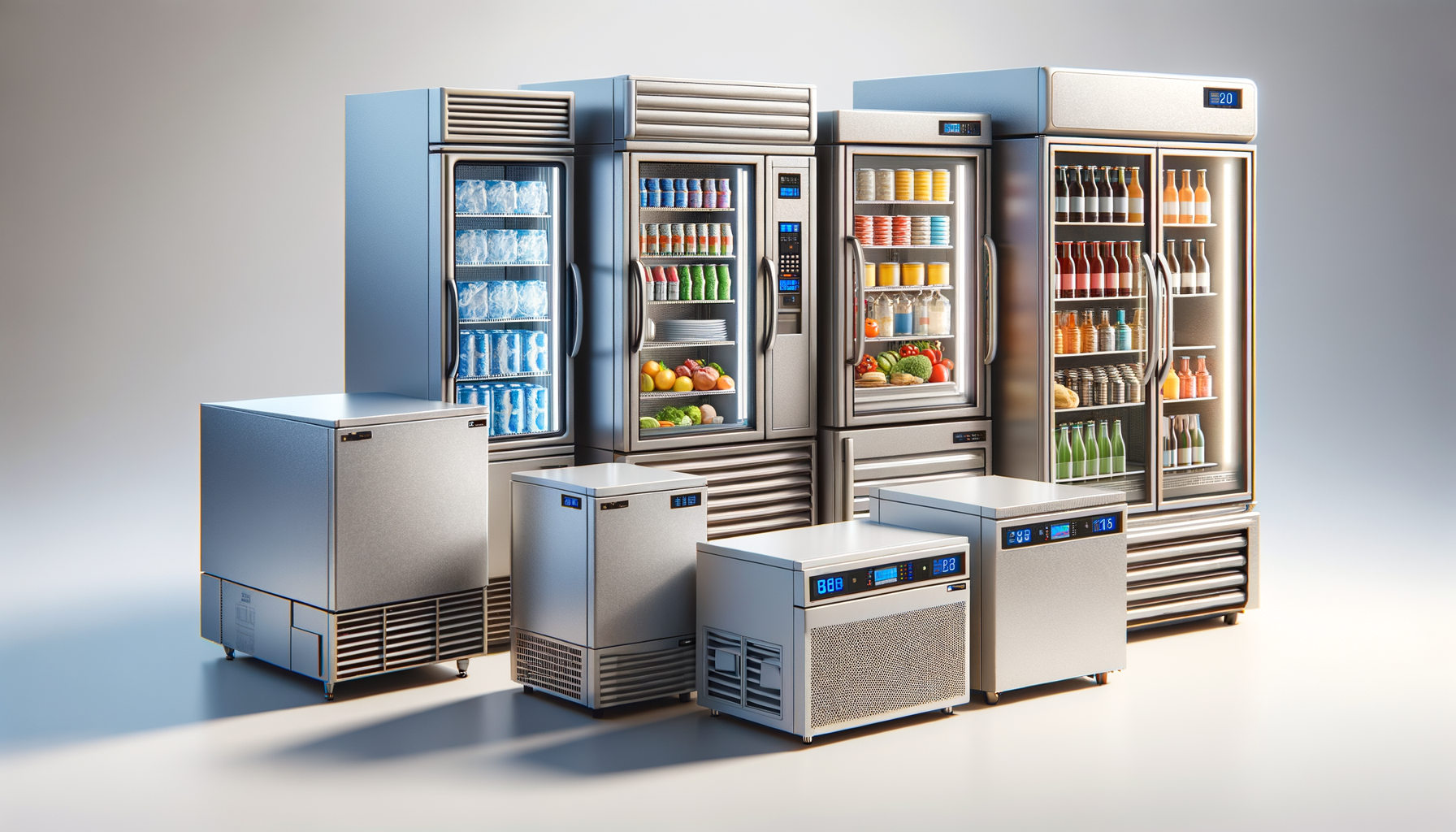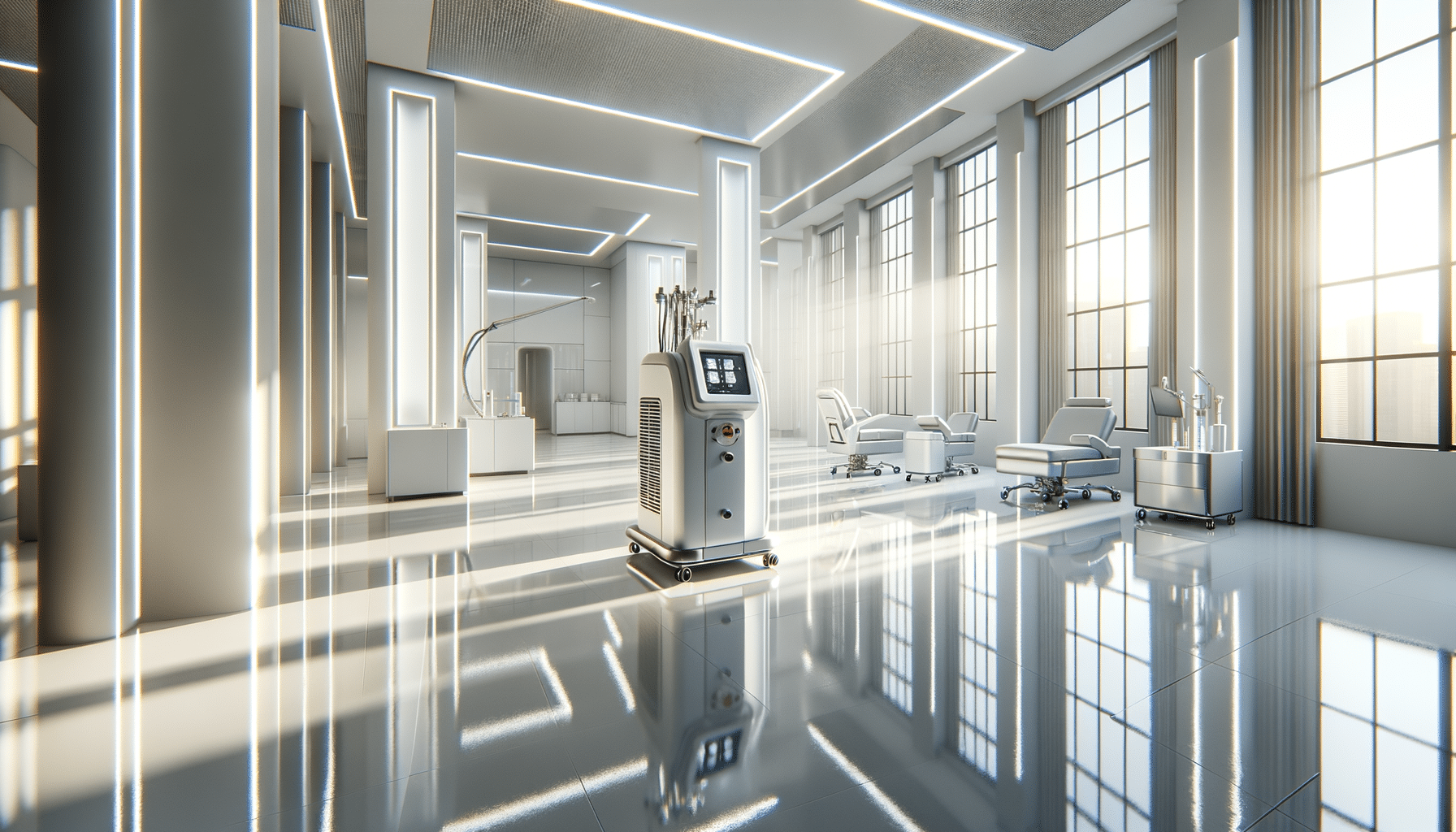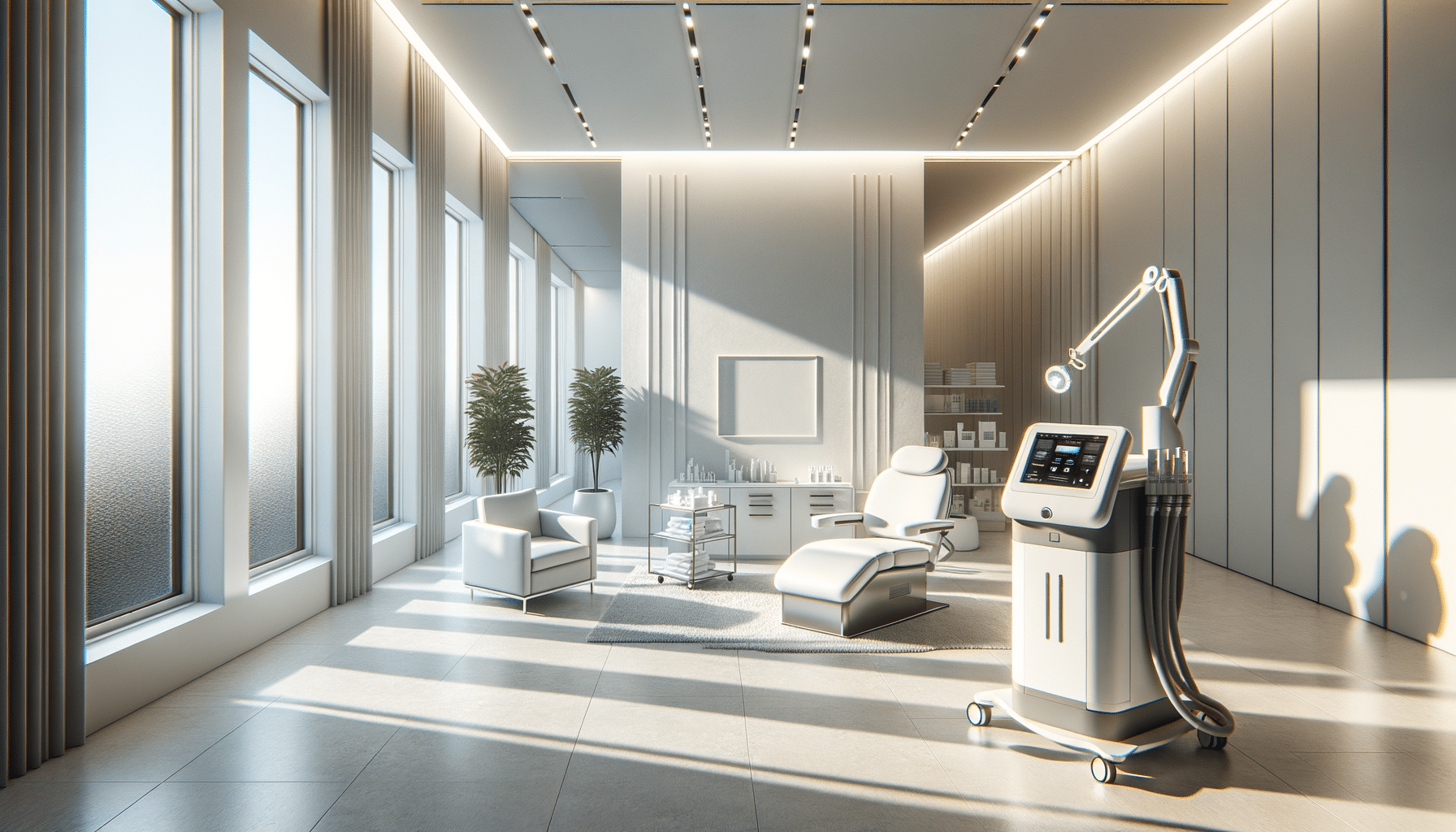
Types of Commercial Refrigerators and Their Uses
Introduction to Commercial Refrigerators
Commercial refrigerators are a vital component of the food service and retail industries, providing essential cooling solutions to preserve perishable goods. These systems are designed to withstand the demands of continuous use and large storage capacities, making them indispensable in environments ranging from restaurants to supermarkets. Understanding the various types of commercial refrigerators and their specific uses can significantly enhance operational efficiency and product quality.
In this article, we will explore the different types of commercial refrigerators available, their unique features, and how they cater to diverse business needs. Whether you’re looking for a unit to display products attractively or one that offers robust storage solutions, selecting the right refrigerator is crucial. Let’s delve into the world of commercial refrigeration and discover the options that best suit your requirements.
Merchandiser Refrigerators
Merchandiser refrigerators are primarily used in retail settings to showcase products while keeping them chilled. These units are equipped with glass doors, providing clear visibility of the contents, which is a significant advantage for impulse purchases. They are commonly found in convenience stores, supermarkets, and cafes, where product visibility and accessibility are key.
These refrigerators come in various configurations, including upright and countertop models, each designed to cater to different space constraints and display needs. The cooling method in merchandiser refrigerators is often fan-assisted, ensuring even temperature distribution and maintaining product freshness.
When choosing a merchandiser refrigerator, consider factors such as the unit’s size, door configuration, and lighting. LED lighting is a popular choice as it enhances product visibility and is energy-efficient. Additionally, the layout of the shelves should be adjustable to accommodate different product sizes, ensuring flexibility in product presentation.
Display Chest Freezers
Display chest freezers are another popular choice in commercial settings, particularly for frozen goods. These units are designed to offer maximum visibility and easy access, making them ideal for displaying ice cream, frozen meals, and other quick-sell items. With a top-opening design, they provide ample space for storing large quantities of products.
The cooling method in display chest freezers is typically static cooling, which is effective for maintaining low temperatures over extended periods. These freezers often feature sliding glass lids, allowing customers to view the contents without opening the unit, thus conserving energy.
When selecting a display chest freezer, consider the unit’s energy efficiency, capacity, and ease of access. Energy-efficient models can significantly reduce operational costs, while a well-organized interior layout can enhance product visibility and customer satisfaction.
Walk-In Coolers and Freezers
Walk-in coolers and freezers are essential for businesses that require large-scale storage solutions. These units are custom-built to fit specific space requirements, providing ample room for storing bulk quantities of perishable goods. They are commonly used in restaurants, hotels, and food processing facilities.
The design of walk-in coolers and freezers includes insulated panels to maintain consistent temperatures, ensuring product safety and quality. The cooling method is typically a combination of refrigeration and ventilation systems, which work together to provide optimal temperature control.
When planning for a walk-in cooler or freezer, it’s important to consider the unit’s location, size, and energy requirements. Proper insulation and efficient refrigeration systems are crucial for minimizing energy consumption and maintaining a reliable cooling environment.
Undercounter Refrigerators
Undercounter refrigerators are compact units designed to fit beneath countertops, making them ideal for kitchens with limited space. These refrigerators are commonly used in bars, cafes, and small restaurants where quick access to chilled items is necessary.
The cooling method in undercounter refrigerators is often compressor-based, providing consistent and reliable temperature control. These units are available in various sizes and configurations, including single and double-door models, to suit different storage needs.
When selecting an undercounter refrigerator, consider the unit’s capacity, energy efficiency, and ease of maintenance. Stainless steel finishes are popular due to their durability and ease of cleaning, while energy-efficient models can help reduce operational costs over time.
Conclusion: Choosing the Right Commercial Refrigerator
Selecting the right commercial refrigerator depends on understanding the specific needs of your business and the environment in which the unit will operate. From merchandiser refrigerators that enhance product visibility to walk-in coolers that offer extensive storage, each type serves a unique purpose.
Consider factors such as space availability, energy efficiency, and the nature of the products you intend to store. By carefully evaluating these aspects, you can choose a refrigeration solution that not only meets your operational requirements but also contributes to the overall efficiency and success of your business.
Ultimately, investing in the right commercial refrigerator can enhance product quality, reduce waste, and improve customer satisfaction, making it a crucial decision for any business in the food service or retail industry.


